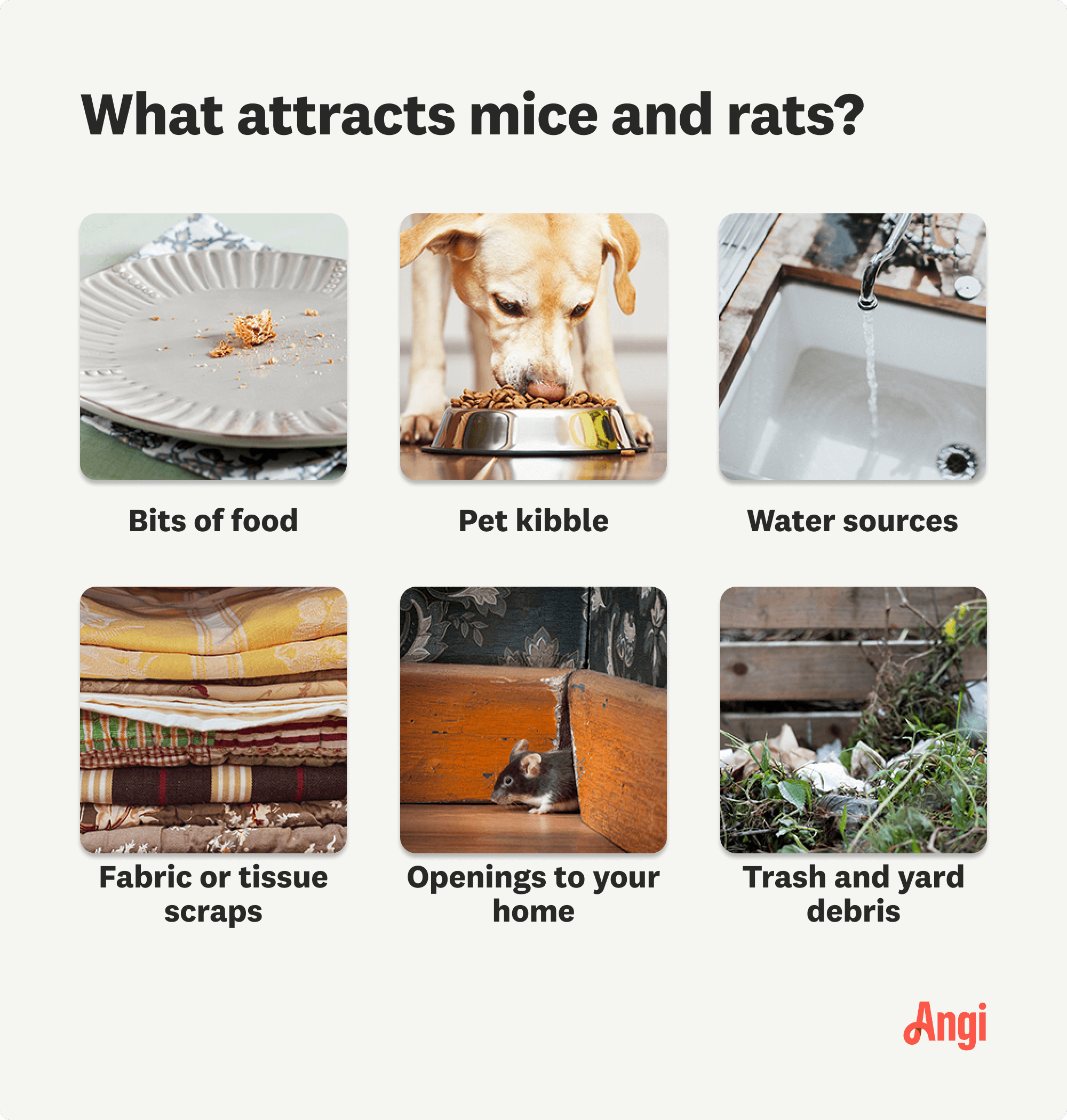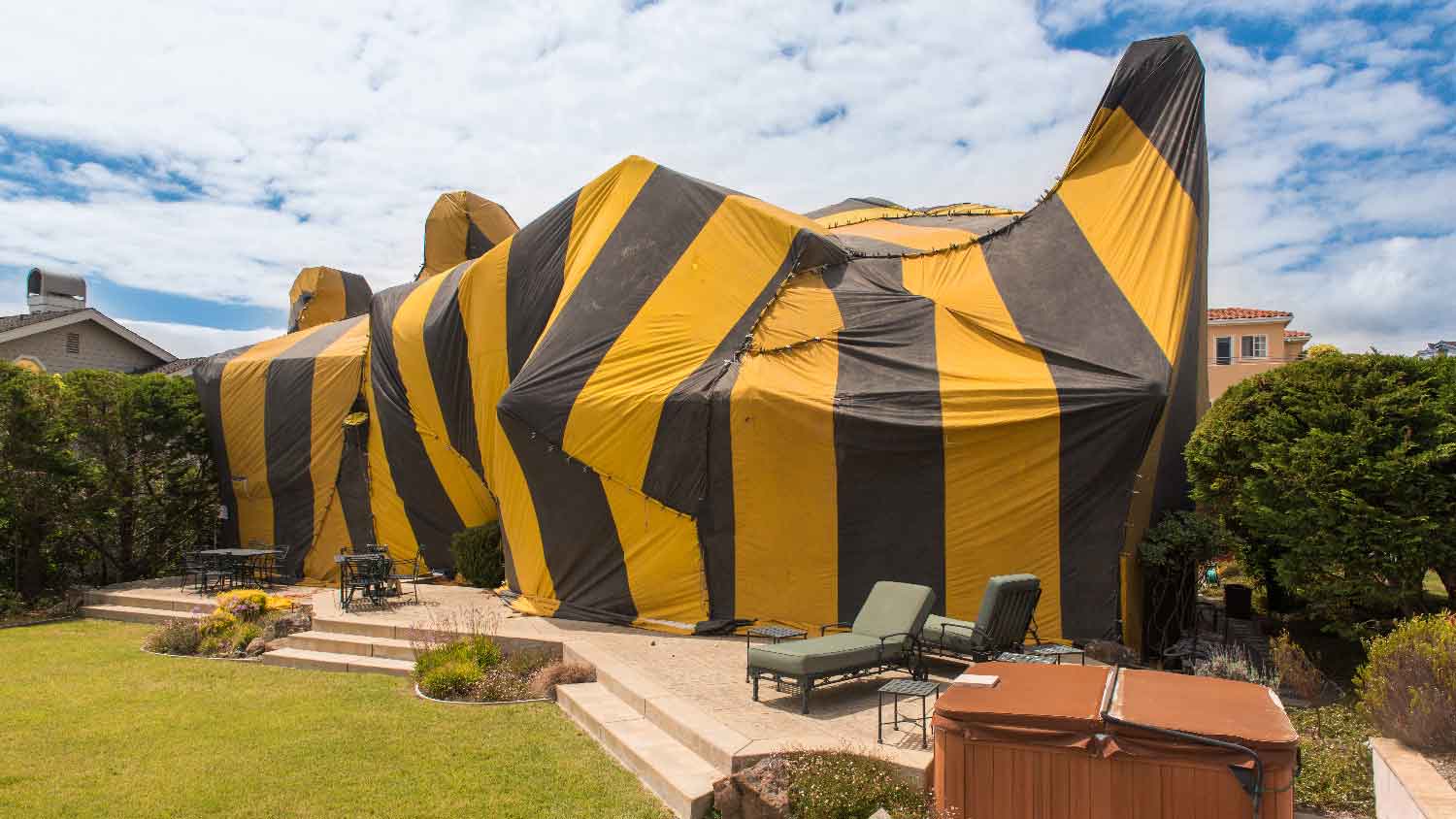
It’s important to know bed bug treatment costs if you have an infestation. Our guide covers different treatment methods and cost factors to eliminate these pests.
Homeowners in Minneapolis, MN, can expect to pay $282 for a visit from a rat exterminator. Depending on the infestation size and location in the home, you may spend between $215 and $356.


Norway rats are cold-weather survivalists, so they’re able to thrive in Minneapolis.
The older housing stock in the city provides plenty of entry points for these critters.
A sizable rat infestation can set homeowners back up to $8,000.
Home size and the location of rat nests impact how much extermination costs.
Minneapolis’s low cost of living means you’ll pay less for removal than in many other cities.
On average, homeowners in Minneapolis, MN, can expect to pay $282 for a visit from a rat exterminator. Depending on the size of the infestation and where the little intruders have decided to nest, you’ll likely spend between $215 and $356. From historic brownstones in the Northeast to charming bungalows in Powderhorn, rats aren’t picky about architecture, just warmth and food. Here’s what you need to know about costs to get rid of them.
The most common intruder in Minneapolis is the hardy Norway rat, which is a pro at finding and re-finding ways indoors. Extermination costs here hinge on how severe the infestation is, how tricky the access points are, the size of your property, whether your neighborhood backs up to rat-friendly spots like the Mississippi River or community gardens, and the type of treatment needed.
Freeze-thaw cycles add to the challenge, opening new cracks and crevices each season, which means prices can climb quickly. Local rat exterminators offer several levels of service. Your price will increase if you select options that prevent rats from coming back or need to address any damage to your home.
The rats’ location affects extermination costs, and an inaccessible infestation means higher labor costs. Exclusion can quickly become expensive if rats are inside the walls or have caused internal damage to insulation or ductwork.
| Infestation Location | Cost Considerations |
|---|---|
| Shed or garage | Least expensive to remove, easy to find, trap, and release. |
| Attic and basement | Need to budget for repairs (replacing flooring or drywall) |
| Walls | Requires extra labor and additional fees for thermal imaging equipment |
| Ductwork | Requires extra work and specialized tools |
| Crawl spaces | Slightly higher costs, more labor to access than basements |

The larger the rat problem, the longer inspections, exclusions, and extermination steps will take, which adds to the cost. A large infestation requires more traps, bait stations, and more serious eradication methods, such as fumigation. Since rats can produce up to six litters each year, catching an infestation early is important.
| Severity | Cost Range |
|---|---|
| Mild | $100–$500 |
| Moderate | $300–$700 |
| Severe | $1,000–$8,000 |
The more space a professional has to inspect for signs of rats, the more it will cost. If you choose exclusion services to seal and block rodent-friendly entrances, bigger homes may require more work. This is also why infestations limited to sheds, barns, or other separate buildings will be significantly less expensive. For fumigation, you'll pay $1 to $3 per square foot.
| Square Feet | Cost |
|---|---|
| 1,000 | $1,000–$3,000 |
| 2,000 | $2,000–$6,000 |
| 3,000 | $3,000–$9,000 |
| 4,000 | $4,000–$12,000 |
Once you’ve confirmed signs of a rodent infestation, rat exterminators can approach your rodent infestation in several ways. Let’s look at common rat extermination methods and how much exterminators charge for those services.
| Pros of Live Removal | Cons of Live Removal |
|---|---|
| Minimal, quick labor | Charges per rat can be high |
| Suitable for small infestations | Requires hands-on removal |
Most exterminators charge around $50 to transport each live rat caught from your property. Exterminators charge for removal because they incur fuel and labor costs while traveling at least a mile from your home to send the rat to its new happily ever after.
| Pros of Rat Exclusion | Cons of Rat Exclusion |
|---|---|
| Effective for in-home infestations | Significantly more expensive |
| Prevents rats from returning | Takes longer |
| Can apply to other pests |
Many exterminators will seal off all entry points where rats can enter your home. The most common exclusion strategy is sealing holes. However, exclusion can also include screening crawl spaces and roof vents, repairing holes, and pruning back trees that rats use as stairs into your home. The cost of exclusion ranges from $200 to $600.
| Pros of Fumigation | Cons of Fumigation |
|---|---|
| Tackles large-scale infestations throughout a building | Very expensive |
| Eradicates rats that can’t be found otherwise | Use of toxic fumes in the home |
| Must vacate the house |
If your rat exterminator suggests fumigation, a last resort method for a severe and dangerous rat infestation, expect to pay $1 to $3 per square foot. Similar to termite fumigation, everyone will likely need to leave the house for one to two days while the chemical does its job.
Most rat exterminators will arrange follow-up visits to check for signs that more rats are on your property, such as new nests. If they laid bait or traps, pros examine the results and determine whether additional steps are needed. You can expect to pay around $50 to $150 for follow-up visits, which a pro may bundle in your estimate.
While the city’s cost of living is 7% lower than the national average, it has a tax rate of 9.88%, with Minneapolis pest control services explicitly designated as taxable. That means the sticker price you see may not be the final total once taxes are factored in.
Local exterminators rarely charge by the hour. Instead, you’ll see:
Flat fees for one-time services, which are common for basic pest control
Recurring service plans for monthly or quarterly treatments, with the first visit being the priciest
Pricing based on square footage, which can add up, especially for perimeter treatments or large properties
Specialized fees for trying to get rid of rats naturally without poison
A rat-free home signals to potential buyers that the property is beautifully maintained and free from hidden damage to wiring, insulation, or structural elements.
In Minneapolis, where many homes date back to the early 1900s, reassurance that a home is pest-free is a big deal. Conveniently, many exterminators provide a pest-free certificate after treatment, which can be a strong selling point.
Remember, eliminating Norway rats, the area’s biggest culprits and ones who don’t mind cold weather, before listing means fewer inspection surprises and a smoother sale. In a competitive market, a rodent-free home can boost buyer confidence and your sale price.
Home is the most important place on earth, which is why Angi has helped more than 150 million homeowners transform their houses into homes they adore. To help homeowners with their next project, Angi provides readers with the most accurate cost data and upholds strict editorial standards. We survey real Angi customers about their project costs to develop the pricing data you see, so you can make the best decisions for you and your home. We pair this data with research from reputable sources, including the U.S. Bureau of Labor Statistics, academic journals, market studies, and interviews with industry experts—all to ensure our prices reflect real-world projects.
Want to help us improve our cost data? Send us a recent project quote to [email protected]. Quotes and personal information will not be shared publicly.
From average costs to expert advice, get all the answers you need to get your job done.

It’s important to know bed bug treatment costs if you have an infestation. Our guide covers different treatment methods and cost factors to eliminate these pests.

Tenting is a costly but effective way to exterminate termites. Learn the average termite tenting cost and everything that will factor into your budget.

Find out how much it costs to remove armadillos and stop them from coming back. Know how much to budget to humanely remove these pesky critters from your yard.

Pest control scams can cost you a lot of money. Get our tips for avoiding these scams and making sure you work with reputable exterminators.

Bats love to roost in your attic, walls, and throughout your property. Here are some tips on safely and humanely removing them from your home.

Nobody wants to tangle with wasps on their property, as these insects sting with extreme prejudice. Here’s how to get rid of wasps safely and for good.